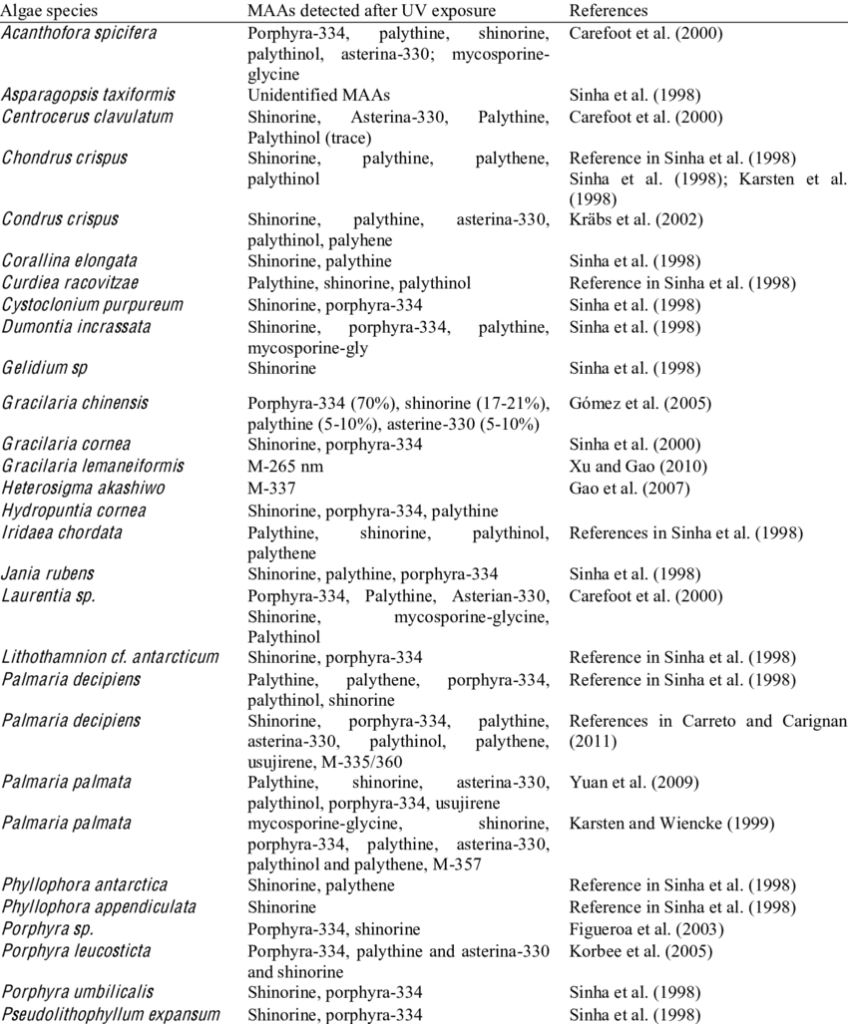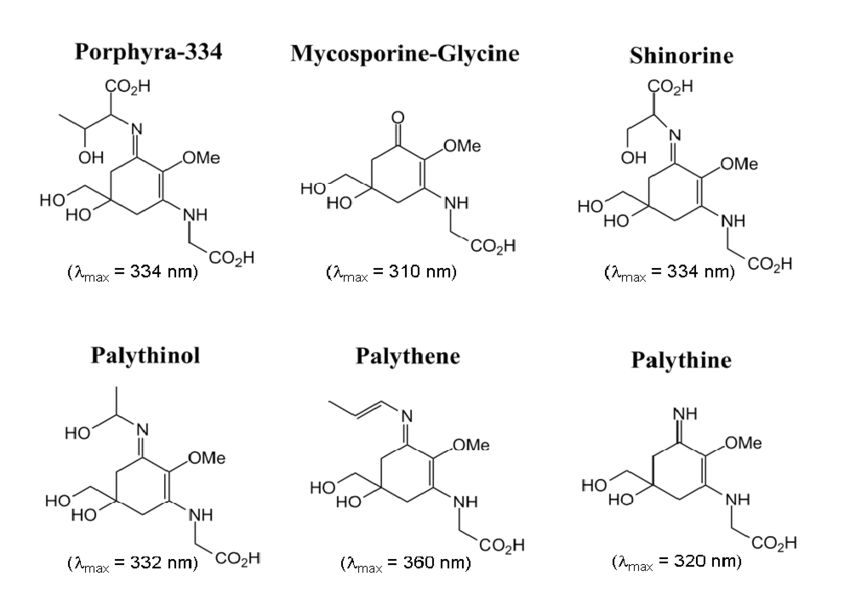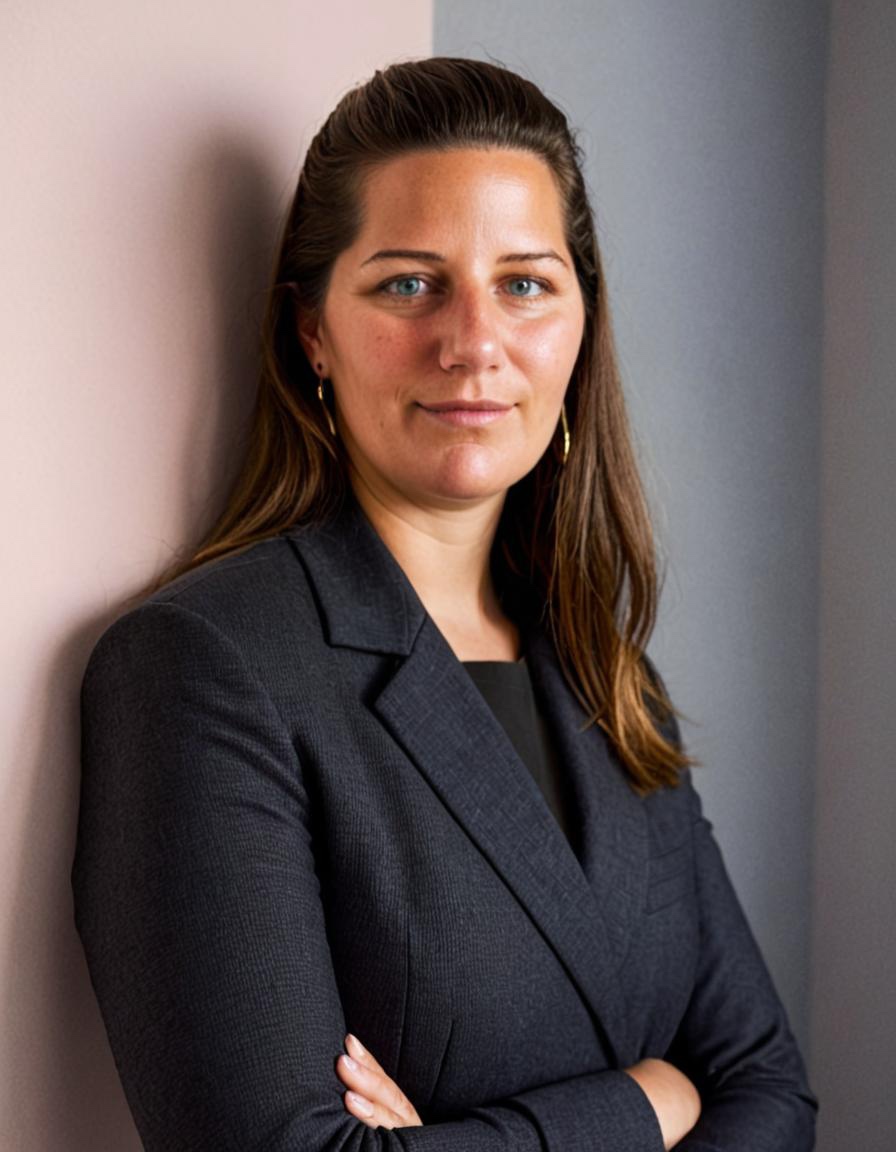Mycosporine-like Amino Acids for Skin Photoprotection
Micosporine-like amino acids could play a key role in protecting our skin from solar radiation. Skin cancer is the most common cancer worldwide. Multiple studies have shown that excessive human exposure to solar ultraviolet radiation (UVR) continues to be a major public health concern. With skin cancer rates increasing year by year, we should be looking for healthy ways to block this ultraviolet radiation. Usually we use a synthetic UVR filter that gets formulated into sunscreen, although there is a growing concern that some of these chemicals cause damage to delicate marine ecosystems, not to mention the skin and body.
Seaweed is in the research phase of being developed to not only treat sunburns and other negative effects caused by the sun, but also in the protection of our skin from the harmful UV rays. Seaweed contains copious amounts of vital nutrients, are abundant in all vitamins and boast over 90 minerals and 60 trace elements, making them a great option for skin care, and as we continue to research their unique compounds we learn their health benefits are almost endless. Kelps show promise in recent studies that show they contain one important element relating to UV protection: Mycosporine-like Amino Acids. These could be a revolutionary completely natural alternative to chemical UV filters used in sunscreens that are toxic for our skin and environment.
What is a Mycosporine-like Amino Acid?
Micosporine-like amino acids are small secondary metabolites produced by organisms that live in environments with high volumes of sunlight. These environments are usually marine. These acids are involved in the protection of aquatic organisms against solar radiation. According to a study from the US Library of Medicine, “A promising alternative is the application of multifunctional mycosporine-like amino acids (MAAs), which can effectively compete with commercially available [UV] filters.” These MAAs occur naturally in a wide range of marine species.
Mycrosporines and mycrosporine-like amino acids are ultra-violet-absorbing compounds. Several organisms such as lichens, fungi, algae and cyanobacteria, produce MAAs, especially upon exposure to solar ultraviolet radiation. These compounds have photoprotective and antioxidant functions. Mycosporine-like amino acids have been used as a natural bioactive ingredient in Seaflora moisturizers.
An extremely complete database on mycosporines and mycosporine-like amino acids, covering the whole class of these natural sunscreen compounds known to date, is presented. This database has 74 compounds and provides information about the chemistry, absorption maxima, protonated mass, fragments and molecular structure of these UV-absorbing compounds. This database is a useful tool for natural product data mining, dereplication studies, research working in the field of UV-absorbing compounds mycosporines. click here for database
Most kelps grow in the intertidal zone, where they are subjected to hours without water in harsh sunlight. Somehow, this doesn’t effect the health of the plants due to their high amounts of fucoidan and MAAs, as witnessed when the tide comes back in. Now we are trying to not only understand how this is possible, but how humans can benefit in the same way. Everyone wants to spend more time in the sun without worrying about repercussions.
How Do Mycosporine-like Amino Acids Work?
In a study by Ewelina Charpustra et al., posted by the US National Library of Medicine, “The most important function of MAAs is photoprotection, and they are commonly described as “microbial sunscreens”. These compounds protect the cell due to their ability to disperse the harmful UVR (Ultraviolet Radiation) into heat energy that dissipates into the surroundings without forming reactive photoproducts.” In another study by Karl P. Lawrence et al., posted by the US National Library of Medicine, “… it is clear that MAAs are photoprotective compounds, compounds that help organisms cope with molecular damage caused by sunlight, are also acting as chemical and biological anti-oxidants. This suggests that MAA may offer a novel eco-friendly approach to human skin photoprotection.” We continue to need more research, but seaweed MAAs showing promise as a completely natural UV filter is revolutionary to the wellness and beauty industry.




